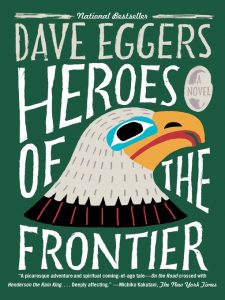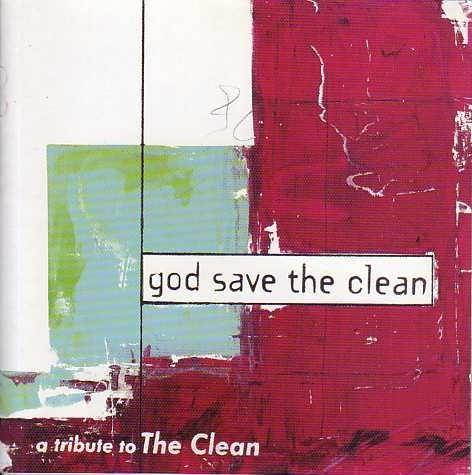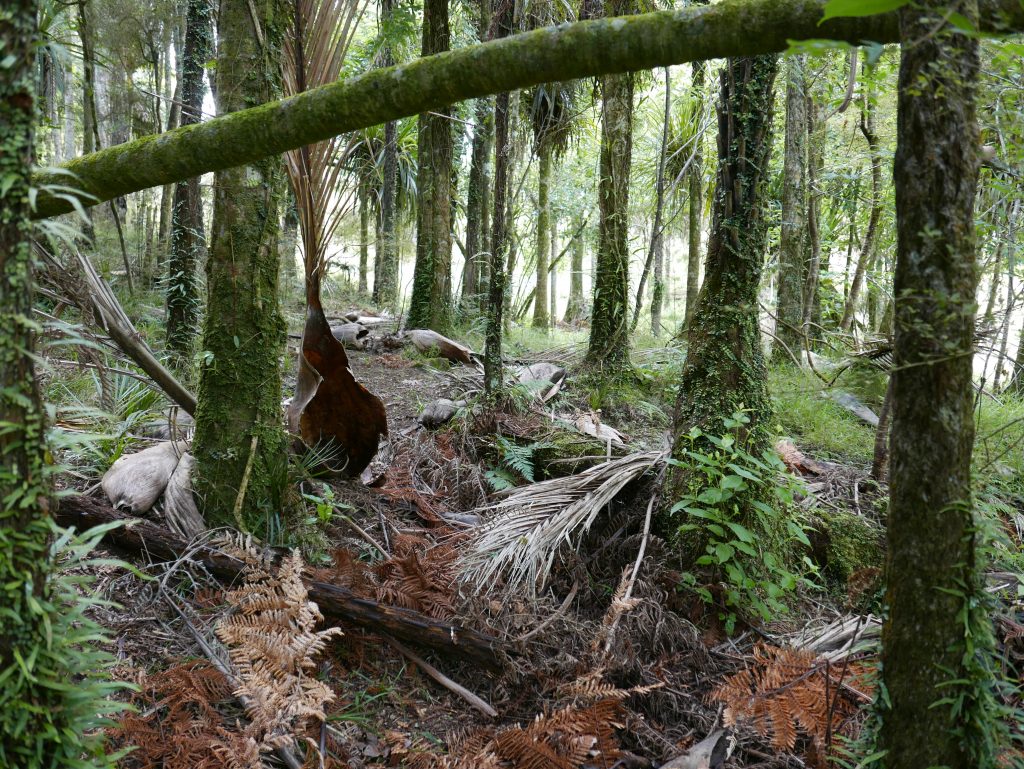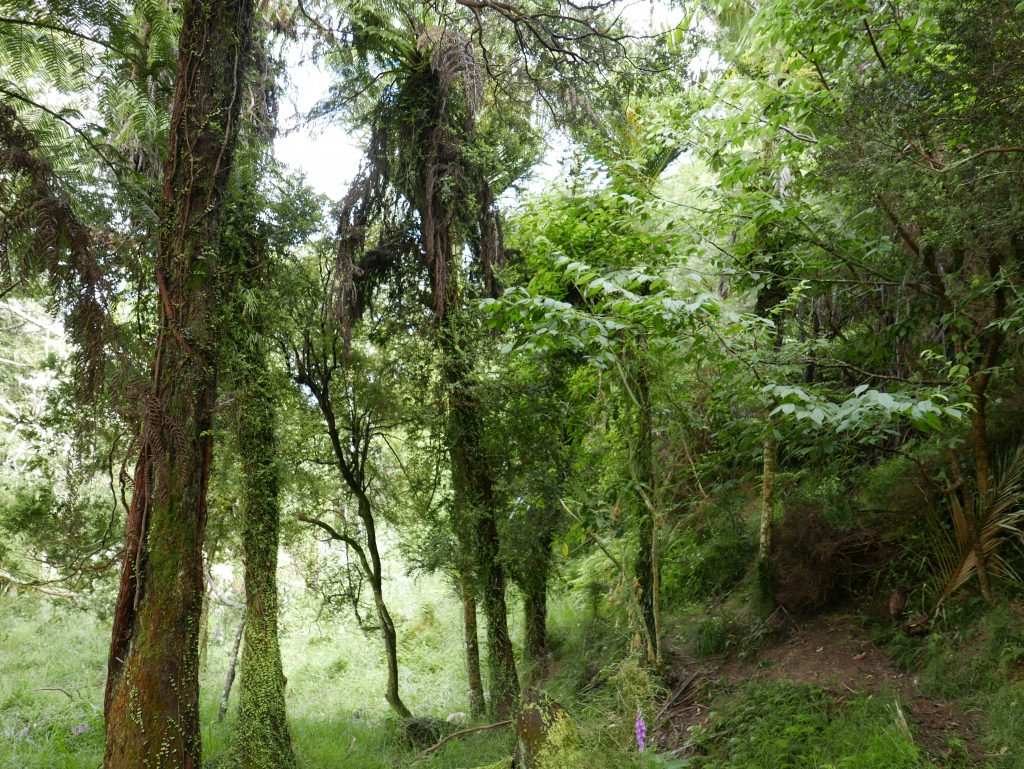I’m in NZ hanging with my Ma for xmas… some old family friends came over for lunch. I hadn’t seem them for about 25 years, anyho… Roger now makes geetars and we talked guitars and blues… he introduced me to Larkin Poe… a duo I had never heard of before, just checked them out and they have got to be some of the guttsiest old skool blues I have heard for a long time…
Check out this track, cover of Preachin Blues by Son House
Pretty phenomenal…if you don’t know the original, here it is…
And if you don’t know Son House, here is probably his most famous song, Death Letter Blues :
Son House is seen by many as representing the origin of the blues…he was a troubled sometime preacher and an astonishing bluesman. Playing stomping slide to get a whole room jumpn…apparently he gave up the blues because it was too evil, but took it up again. I heard a recording somewhere, where he spends a long time saying how evil the blues is and then, by way of demonstration, he plays the blues just so we know what to look out for….he is also pretty well known for sitting down in early ‘race records’ recording sessions and playing 10min ballads after being told they could only get one 3 min track per side
One of my fav blues photos is this one :
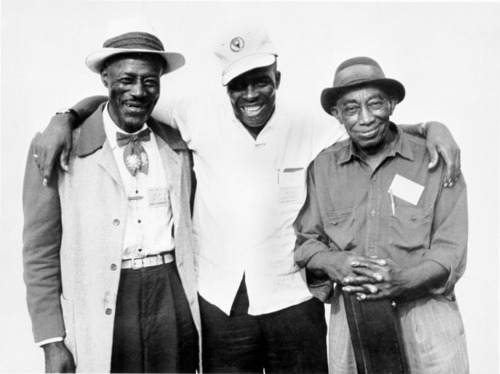
showing my three fav bluesmen of all time hanging out… Son House (left), Skip James (middle), and Mississippi John Hurt. Representing 3 styles within which you can almost capture the entire Delta Blues style… As it happens I saw a different photo which I believe was taken on the same day (I think they all only met once) with the three of them together in Mississippi at Mississippi John Hurts house… apparently, the photo was stolen not long after and never seen again.
Anyways… here are two of my two fav tracks by Skip James and MJH:
Both of the above videos were taken in the 60s after the blues was ‘rediscovered’. Many of the old Delta blues musicians were dug up and taken on tours which is why Skip James can’t quite hit the high vocal notes in this particular recording that you can hear in earlier recordings. Thank goodness for the 60s blues revival otherwise we wouldn’t have video recordings of any of these legends…..here are two more of my fav recordings from that time….amazing stuff…Bukka White (spelled wrong in the video) and Howlin Wolf…..
There is a better version of that Howlin Wolf track online which doesn’t have the titles but it misses the intro which I think is weird and interesting and says something about the times…
Anyways, I think these are some of the best music videos ever made…. a testament to the fact that the blues was so raw and powerful. The old guys had to get across what they wanted to say with no effects, and often with no accompaniment. I mean if the first time Bukka White slaps that guitar doesn’t astonish you and hook you into the whole groove then there is a good chance you are possibly already dead.
Some of the videos though are a little weird but still fantastic… I love this one with John Lee Hooker…check out how his left hand almost looks like it is a thumb and two separate 2-finger claws… it is is sort of articulated in the middle, with one part often laying limp while the other plays the notes…almost like a fully functional and independent second limb that lies dormant while he plays the bass runs, then kicks into action with the licks on the high notes…phenomenal…
Also, if you want to see amazing fingers, search online for the two photos known to exist of Robert Johnson… check out his hands… crazy long bony fingers…last short fact check before i stop rambling about the blues… if you are ever asked it is Tommy Johnson that reportedly sold his sold his soul to the devil at the crossroads… not Robert Johnson as frequently asserted…(they weren’t related)…anyways… enough!
